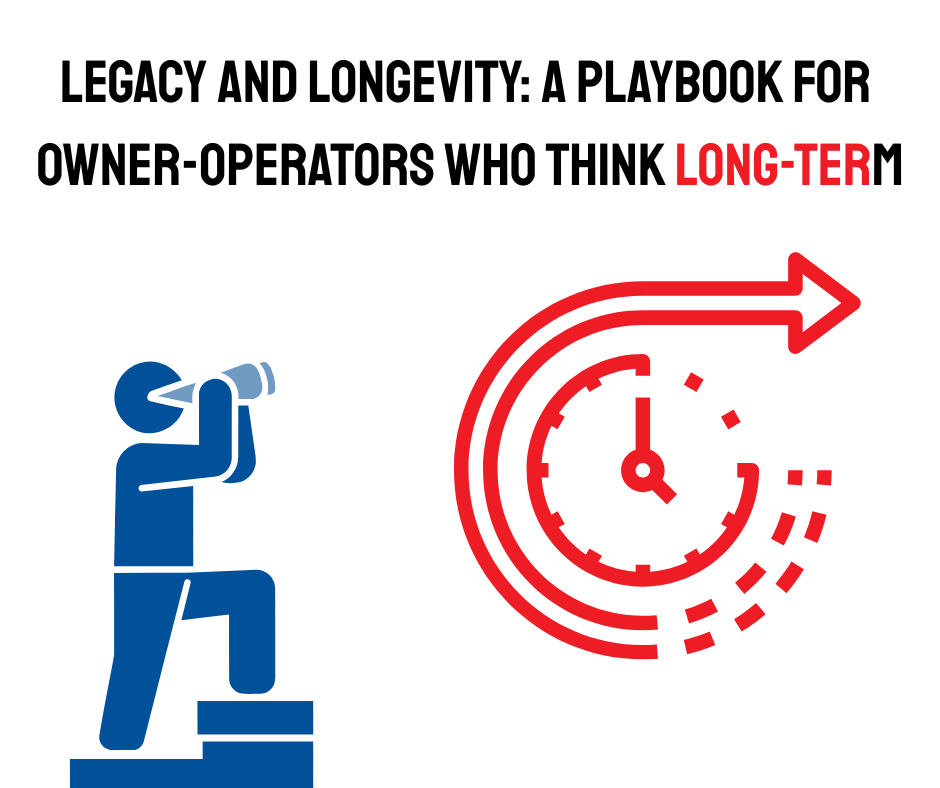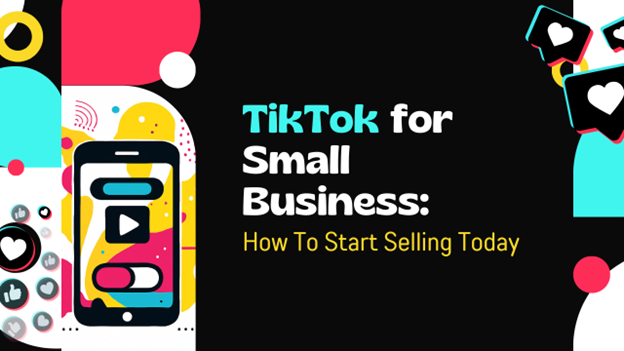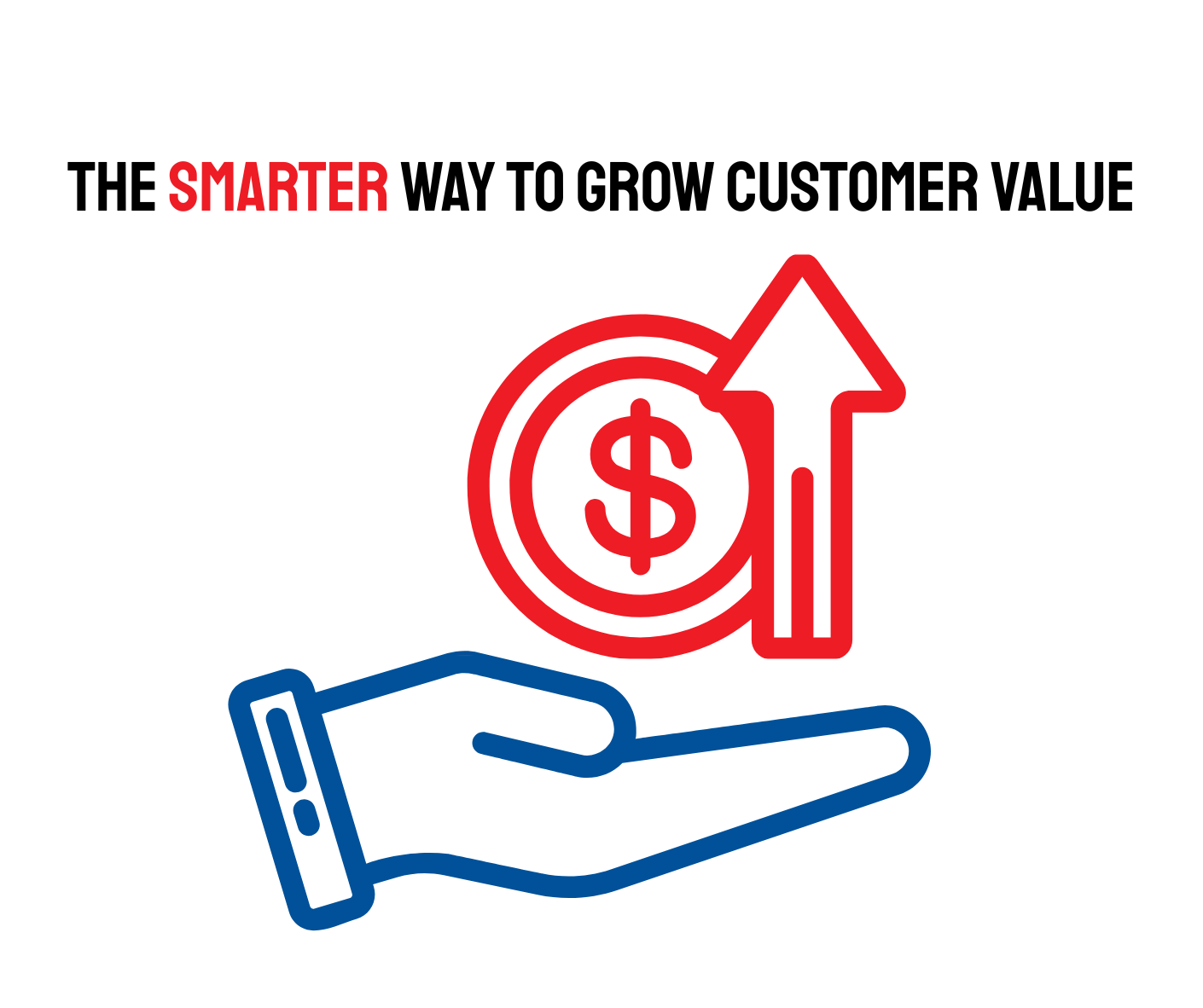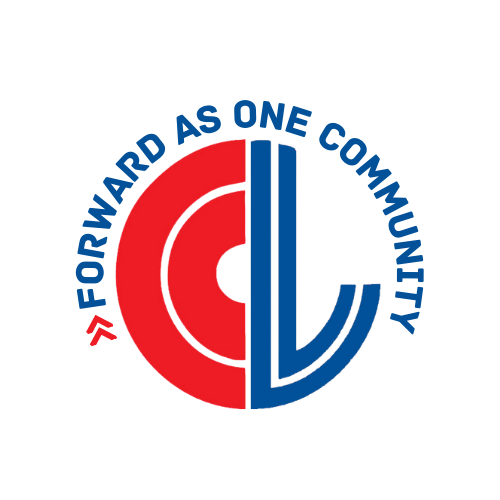How to Run an Effective “12 Days of Deals” for Small Business Season
While the twelve days of Christmas are traditionally celebrated between December 25 (Christmas Day) and January 5 (the eve of the Epiphany), consumer businesses often celebrate with the “12 Days of Deals” observance where they offer a new deal every day for twelve days leading up to Christmas Eve (although any 12 consecutive days during Small Business Season works).
The discounts can be incredibly effective in generating buzz and drawing crowds. After all, everyone wants to know what tomorrow’s discount will be. In this article, we’ll walk you through how you can capitalize on your own “12 Days of Deals” during Small Business Season.
Even if you’re not a traditional retail business, remember all customers enjoy a deal (or, better yet, 12 of them!).
How to Run a Successful 12 Days of Deals Campaign
The holiday season is the perfect time for small businesses to engage customers and boost sales. A "12 Days of Deals" campaign is an effective way to generate excitement, attract new customers, and encourage repeat purchases.
Here’s how your business can make the most of this strategy, regardless of your industry.
Step One: Set Goals for Your Campaign
This is not a giveaway. For your 12 Days of Deals to have an impact on your bottom line, you should get clear about what you want to achieve with your campaign.
Are you looking to:
· Increase overall sales?
· Clear out old inventory?
· Drive foot traffic to a physical location?
· Grow your email list or social media followers?
· Boost brand awareness?
Setting clear goals will help you structure the campaign and measure its success.
Step Two: Plan Your 12 Days of Deals Strategically
Create a day-by-day plan for your promotions. This is not something you want to do on the fly when you have time to post each day. Consistency is key to this type of campaign. You want to build excitement.
Here are some basics to keep in mind:
· Offer a Mix of Deals. Rotate discounts, giveaways, and special bundles to keep things fresh and exciting for your customers.
· Use Escalating Deals. Start with smaller offers and save the biggest deals for the final days.
· Feature Different Products/Services. Highlight various items each day or different aspects of your business, such as services, gift cards, or seasonal products. If you sell to different demographics, keep them all in mind and offer something for everyone during the 12 days. That doesn’t mean offering multiple deals each day. Just make sure you rotate the appeal. For instance, if you sell makeup and you have a youth line and a mature skin line, either create a discount on all makeup or choose a day to offer something special to the youth and something special for the other group. The deals do not have to be the same or equal, but both demographics should be represented so no one feels left out.
Step Three: Create a Promotional Calendar
Again, consistency is key. Develop a promotional calendar that outlines:
· What deal will be offered each day.
· How you will communicate the deal (social media, email, in-store signage, etc.). Save yourself some time and craft and schedule the posts ahead of the day. Use AI to draft them for even more time savings.
· The time frame for each deal (e.g., 24-hour deals or extending some offers through the weekend). Decide whether you will honor the deals if someone “just misses” one.
Step Four: Promote the Campaign in Advance
Start spreading the word about your 12 Days of Deals campaign before it begins. Tell your chamber about it. Maybe they will include it in their newsletter, emails, or videos about Small Business Season. Use multiple channels to build anticipation such as:
· Email marketing.
· Website announcement.
· Social media. Post countdowns to the first day “unveiling” of the campaign.
· In-Store signage. Put up posters or signs to let customers know that the promotion is coming soon.
· Video. On short Reels, TikToks, and Stories, ask customers what they’re hoping to see as part of your 12 Days of Deals promo.
Step Five: Keep It Visible
Use marketing channels to keep the campaign visible and accessible. You might choose to make the deals announcement every day at the same time. You can roll it out in a live announcement to build buzz and interact with your audience. Don’t forget to:
· Send daily deal alerts to your mailing list, including eye-catching visuals and a clear call-to-actions.
· Post daily updates about the deal of the day, using engaging images, videos, or stories to grab attention.
· Feature a “12 Days of Deals” banner on your homepage and social media profiles. Dedicate a section to showcasing the daily offers.
· Promote the deal of the day with in-store announcements or signage to entice walk-in customers.
Step “Six”: Use a Sense of Urgency
While this isn’t a step in itself (thus the “”), it’s critical that with this type of promotion, it’s all about the ticking clock. The deal is only good for a limited time (establish that ahead of the promotion and communicate it with every deal that is announced).
Encourage customers to act quickly by emphasizing limited availability. Use phrases in your marketing and communications such as:
· Today only (or whatever hours you’ve established)
· Limited quantities available
· While supplies last
· Sold Out – if you limit quantities of the deal ahead of time and you sell out, make sure you publish that you sold out on your social media and website. You do this for two reasons—you want to minimize the disappointment and don’t want people to make a special trip only to realize it’s no longer available AND people will see you sell out and that will further drive their fear of missing out. When the next deal is announced, they will not hesitate and will buy immediately.
Step Seven: Engage Your Audience
Run an interactive campaign to boost engagement. You can do this by:
· Offering an additional prize for one lucky customer who takes advantage of the daily deal.
· Asking customers to share photos of their purchases or tag your business for a chance to win a bonus prize.
· Using live-streaming on social media to show people in your business and answering any questions.
Step Eight: Monitor and Learn
Track the success of each day’s deal to see what resonates most with your customers. Metrics to consider include:
· Sales volume
· Website traffic
· Social media engagement
· Email open and click-through rates
If a particular type of deal performs well, consider adapting future offers to better match customer interests. Additionally, if the deal is not inspiring action, think about tweaking deals in the future that were like the one that is not performing.
Drive Post-Campaign Engagement
After the 12 days are over, keep the momentum going. You’re now top of mind for these customers. Don’t waste the momentum. Show appreciation for customers who participated in the campaign by sending a thank you postcard or email. Entice them to return in January with a follow-up promotion.
Early Bonus: Reward Your Loyal Customers
Reward your loyal customers by allowing them early access to deals or a sneak preview of some of the deals. You can use this tactic to encourage sign-ups for a loyalty program or email list ahead of the holiday season. This also allows them to feel “in the know.” While they may leak some of your deals early, talking about you and your deals is well worth the secret getting out.




